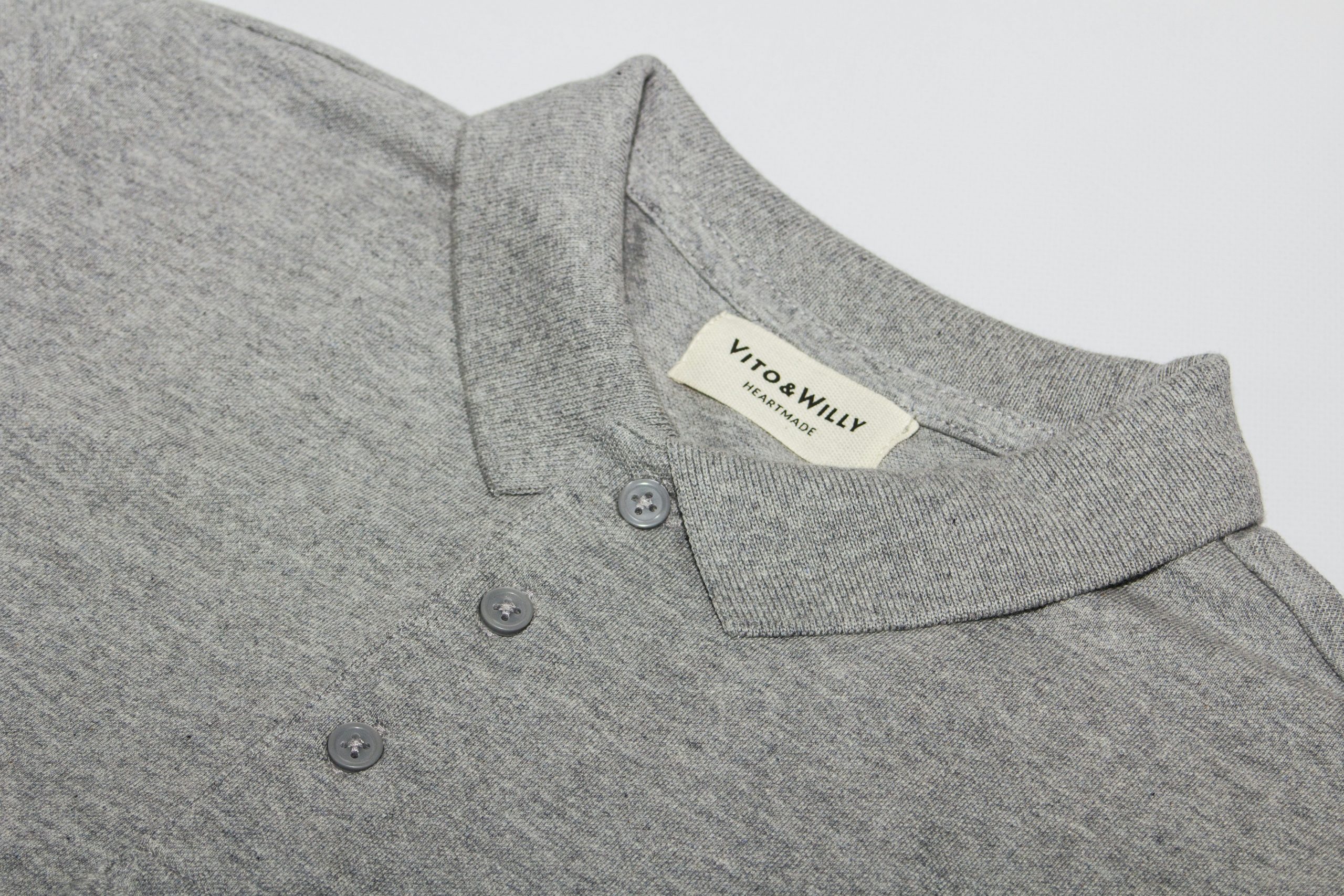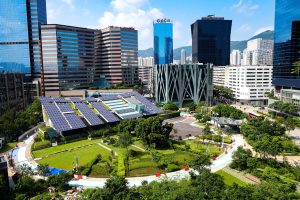Have you ever wondered how we can make our wardrobes more planet-friendly while still looking fabulous? The fashion industry, known for expeditiously churning out trends, is increasingly under scrutiny for its environmental and ethical impacts. Let’s dive deep into what constitutes best practices for sustainable fashion production and how we—as consumers, designers, and manufacturers—can contribute to a more sustainable future.

Understanding Sustainable Fashion
Sustainable fashion prioritizes environmental and social consciousness throughout the entire production lifecycle—from raw material sourcing to the final product. It encompasses efforts to reduce waste, lower carbon emissions, and ensure fair labor practices.
Environmental Impact
One major focus of sustainable fashion is minimizing its carbon footprint. Traditional fashion production, notorious for its resource-intensive processes, significantly contributes to global pollution. Sustainable fashion aims to mitigate this impact through eco-friendly materials and energy-efficient methods.
Social Responsibility
Equally important is the ethical aspect. This includes ensuring fair wages, safe working conditions, and respecting workers’ rights. Sustainable fashion promotes social equity and justice throughout the supply chain.
Sustainable Materials
The backbone of sustainable fashion lies in the materials used. Choosing eco-friendly and ethically produced fabrics can drastically reduce the environmental footprint of our clothes.
Organic Cotton
Organic cotton is grown without synthetic pesticides or fertilizers, making it a popular choice in sustainable fashion. It minimizes chemical runoff and promotes soil health, which is beneficial for ecosystems and communities alike.
Recycled Fibers
Using recycled fibers, such as polyester from plastic bottles, reduces waste and decreases reliance on virgin resources. This practice also curtails the energy expenditure typically associated with fabric production.
| Material | Key Benefits |
|---|---|
| Organic Cotton | Reduced chemical runoff, soil health, and lower water usage |
| Recycled Fibers | Reduced waste, lower energy consumption, and decreased reliance on raw materials |
Innovative Alternatives
New materials, like Tencel and Piñatex, offer additional sustainable alternatives. Tencel, derived from wood pulp, is produced in a closed-loop process with minimal waste. Piñatex, made from pineapple leaves, repurposes agricultural waste into a leather alternative.
Ethical Manufacturing Processes
The production phase is crucial in defining sustainable fashion. From energy-intensive processes to water usage, there is ample room for improvement.
Energy Efficiency
Switching to renewable energy sources in factories can significantly reduce carbon emissions. Implementing energy-efficient machinery and processes further supports this goal.
Water Usage
Fashion production is notoriously water-intensive. Techniques like waterless dyeing and closed-loop water systems can drastically reduce water consumption and pollution.
Waste Management
Effective waste management in manufacturing can also make a significant difference. Recycling scraps, minimizing off-cuts, and utilizing waste for new products are impactful strategies.
Fair Labor Practices
Sustainable fashion stands on the pillars of fair and ethical labor practices. It’s essential to uphold the dignity and rights of those who make our clothes.
Fair Wages and Working Conditions
Ensuring that workers receive fair wages and work in safe conditions is non-negotiable. Brands committed to sustainability often undergo thorough audits to guarantee compliance with labor laws.
Supporting Local Communities
By supporting local artisans and communities, we can preserve traditional crafts and cultural heritage while promoting economic growth in developing regions.

Transparent Supply Chain
Transparency in the supply chain fosters accountability and trust. By tracing the journey of a garment from raw material to finished product, consumers can make more informed choices.
Certification Labels
Certifications like Fair Trade, GOTS, and OEKO-TEX provide assurance of sustainable practices. They offer a standardized way to verify that products meet specific environmental and ethical standards.
| Certification | Focus Area | Benefits |
|---|---|---|
| Fair Trade | Ethical labor and fair wages | Empowerment of workers and communities |
| GOTS | Organic textiles and sustainable practices | Comprehensive environmental and social standards |
| OEKO-TEX | Chemical safety in textiles | Assurance of non-hazardous textile production |
Blockchain Technology
Blockchain technology is being leveraged to enhance supply chain transparency. By recording each step of the process on an immutable ledger, it ensures that data remains secure and verifiable.
Consumer Behavior
As consumers, our behavior and purchasing decisions play a vital role in fostering sustainable fashion. Here are ways we can contribute:
Mindful Purchasing
Adopting a “buy less, choose well” mindset helps reduce waste. Investing in timeless, high-quality pieces diminishes the demand for fast fashion’s disposable trends.
Proper Garment Care
Extending the lifespan of our clothes through proper care can significantly reduce their overall environmental impact. Washing less frequently, air drying, and proper storage are simple yet effective practices.
Supporting Sustainable Brands
Choosing to buy from brands that prioritize sustainability supports the entire ecosystem. It encourages other companies to adopt similar practices and fosters a market shift towards eco-conscious fashion.

Innovations in Sustainable Fashion
Innovation is at the heart of transforming fashion production into a more sustainable endeavor. Emerging technologies and groundbreaking practices have the potential to revolutionize the industry.
3D Printing
3D printing offers a more efficient way to produce garments with minimal waste. This technology allows for on-demand production, reducing overstock and excess inventory.
Biodegradable Fabrics
Researchers are developing biodegradable fabrics that naturally decompose without leaving harmful residues. These fabrics promise to significantly reduce landfill waste and pollution.
Circular Fashion Models
The circular fashion model emphasizes reuse, recycling, and reinvention. From swapping and renting clothes to designing for recyclability, this model seeks to keep garments out of landfills.
| Innovation | Benefits |
|---|---|
| 3D Printing | Minimal waste, on-demand production, and reduced overstock |
| Biodegradable Fabrics | Decreased landfill waste and pollution from decomposing fabrics |
| Circular Fashion | Extended garment lifecycle and reduced waste |
Supporting Sustainable Fashion Initiatives
Support for sustainable fashion extends beyond individual actions. Collaborative initiatives and policy advocacy play a crucial role.
Industry Collaborations
Collaborations among brands, non-profits, and governmental bodies can drive meaningful change. Platforms like the Sustainable Apparel Coalition work towards standardized sustainability metrics and practices.
Policy Advocacy
Advocating for regulations that enforce sustainable practices in fashion production is pivotal. Policies related to waste management, labor rights, and environmental protections are essential for systemic change.
Consumer Awareness Campaigns
Raising consumer awareness through campaigns and education is equally important. By informing the public about the benefits of sustainable fashion, we can collectively drive demand for eco-friendly products.

Challenges and Opportunities
Transitioning to sustainable fashion production presents its own set of challenges and opportunities.
Production Costs
Sustainable practices can initially be more expensive due to the costs of eco-friendly materials and ethical manufacturing. However, as demand and production scale, these costs are likely to decrease.
Consumer Mindset
Consumer mindset is another hurdle. Fast fashion’s allure of cheap, trendy clothing is challenging to combat. However, increasing awareness and shifting values towards sustainability present significant opportunities for change.
Technological Advancements
Continued advancements in technology can reduce production costs and environmental impact. Investment in research and development is crucial to unlocking these opportunities.
Conclusion
Sustainable fashion production is not merely a trend—it is an essential shift towards preserving our planet and ensuring the wellbeing of all those involved in making our clothes. By embracing sustainable materials, ethical labor practices, transparent supply chains, and innovative technologies, we can collectively foster a more sustainable future for fashion. Our actions as consumers, designers, and manufacturers play a pivotal role in driving this change. The question now is not just what we wear, but how we wear it and at what cost to the world around us.



